Category: Tutorial
-

The Circular Flow of Income: A Complete Guide to How the Economy Works
Introduction: Visualizing the Economic Engine Think of an economy as a living organism. Just as a body relies on the constant circulation of blood to deliver nutrients and remove waste, an economy relies on the constant circulation of money. This flow is the lifeblood of economic activity, connecting every individual, business, and institution in a…
-

The AI-Powered Indie Dev: A Practical Guide to Building a Full Game on a Budget (Game Development using AI)
Introduction: The New Creative Frontier The landscape of game development is undergoing a seismic shift. For decades, the creation of a fully-featured game was an undertaking that demanded large teams, significant budgets, and years of specialized labor. Today, a new paradigm is emerging, powered by artificial intelligence. AI is no longer a futuristic concept but…
-
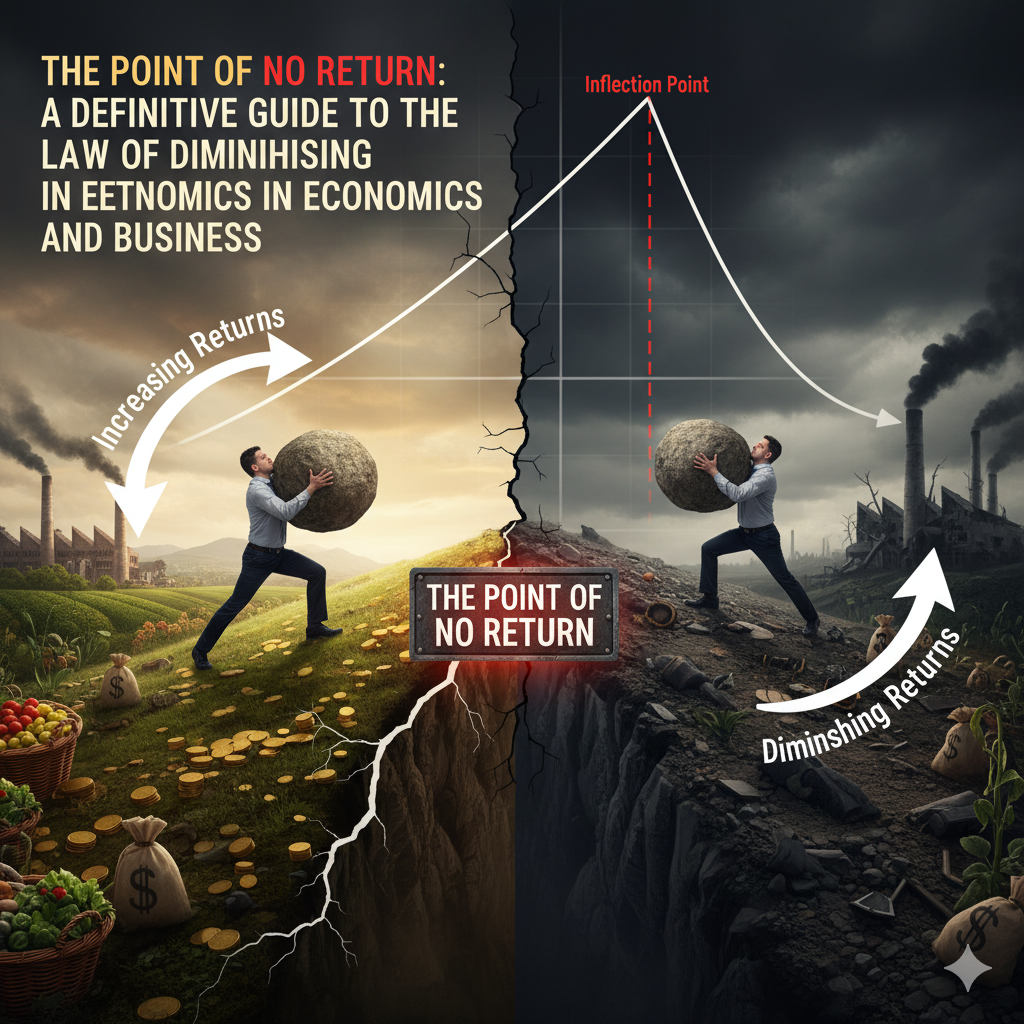
The Point of No Return: A Definitive Guide to the Law of Diminishing Returns in Economics and Business
Introduction: Beyond “More is Better” Imagine a business owner who has just tasted success. The first few employees hired have dramatically increased production. The initial marketing campaign has brought in a flood of new customers. The logical, almost intuitive, next step seems clear: double the inputs to double the success. Hire more staff, pour more…
-
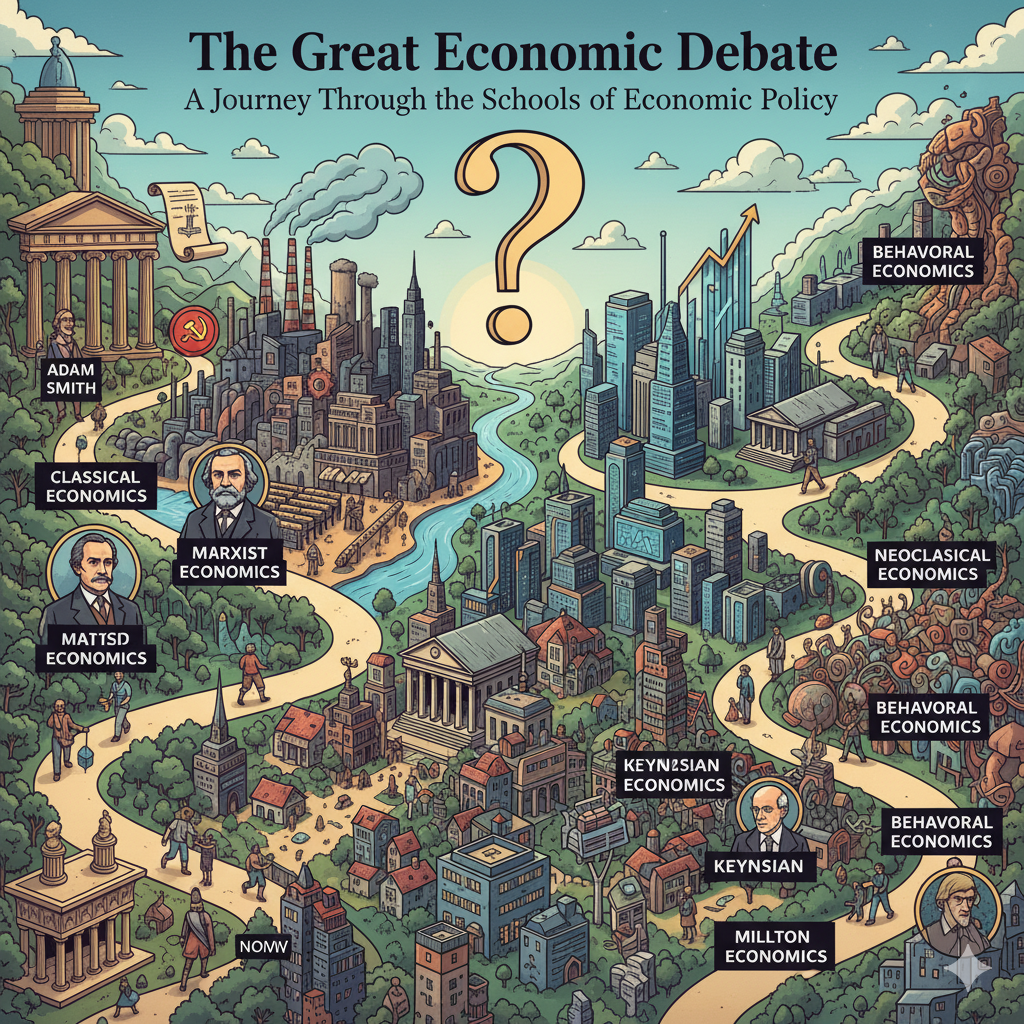
The Great Economic Debate: A Journey Through the Schools of Economic Policy
Introduction: Why Economic Theories Matter From the stimulus checks that arrived during the COVID-19 pandemic to the news reports on the Federal Reserve’s battle against inflation, the abstract world of economic theory has a profound and tangible impact on our daily lives. These policies are not born in a vacuum; they are the practical application…
-

The Economic Pros and Cons of Minimum Wage Policies
Introduction Minimum wage laws set the lowest hourly rate employers are legally allowed to pay workers. First adopted in places like New Zealand in the 1890s and the U.S. in 1938, their goal was to prevent exploitatively low pay and ensure a basic standard of living. Today, most economies have some form of minimum wage,…
-
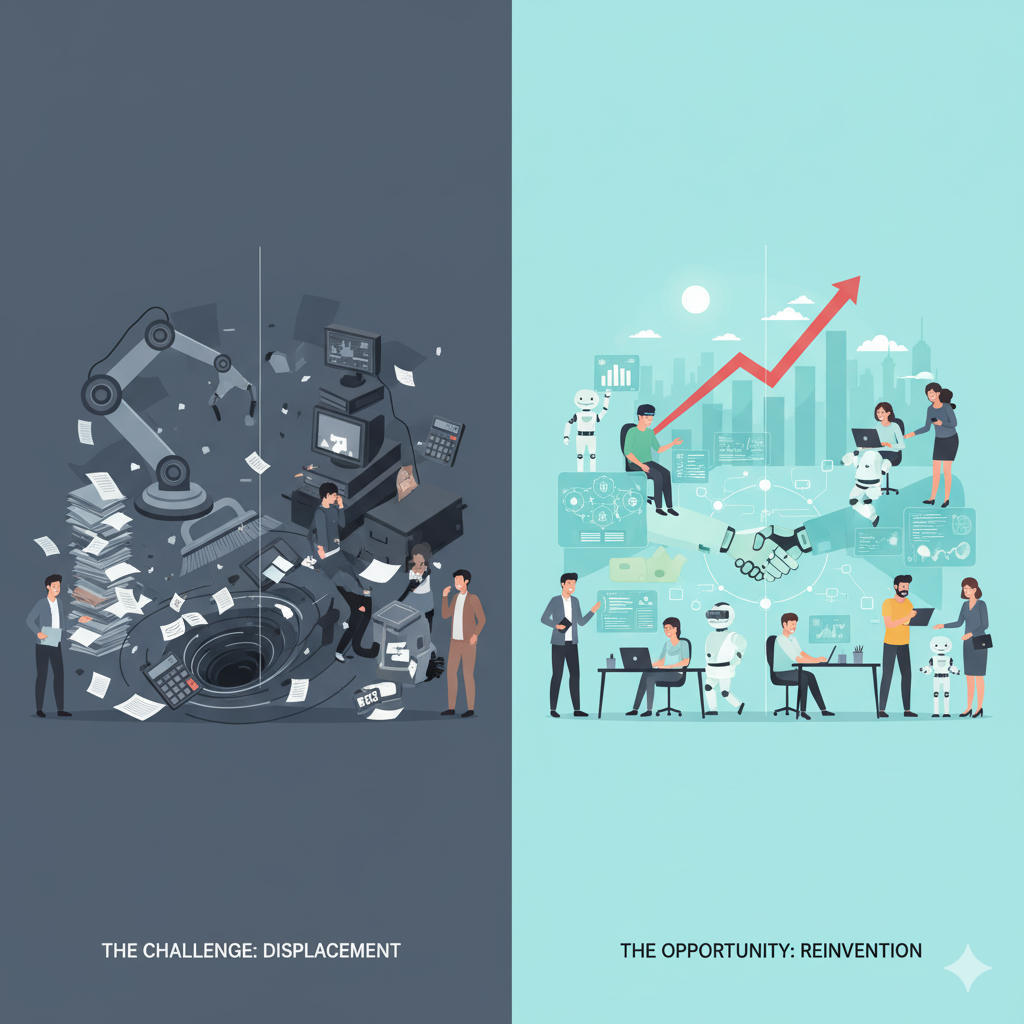
How AI Is Reshaping the Future of Work—And What You Can Do to Prepare
In the rapidly evolving landscape of the 21st century, artificial intelligence (AI) stands as a transformative force, reshaping industries, redefining job roles, and demanding a proactive approach to career development. Understanding AI’s multifaceted impact and strategically preparing for its integration is paramount for sustained career success. The Profound Impact of AI on the Job Market…
-
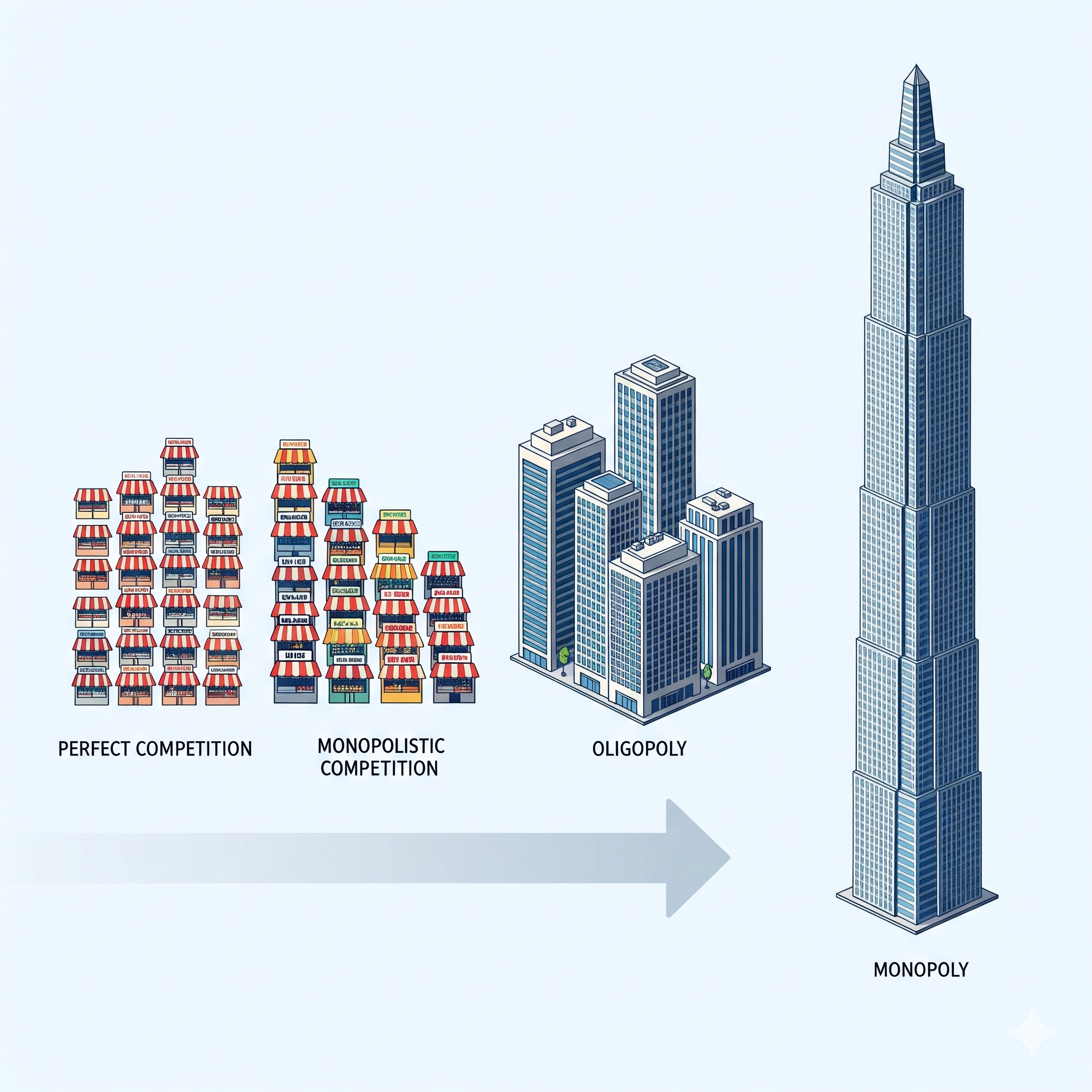
The Ultimate Guide to Market Structures: A Deep Dive into Competition, Power, and Strategy
Introduction: Decoding the Competitive Landscape In the world of economics and business, the concept of market structure is fundamental. It is the framework that describes how firms are organized and categorized based on the type of goods they sell and the nature of competition they face.1 Understanding market structure is essential because it profoundly influences…
-
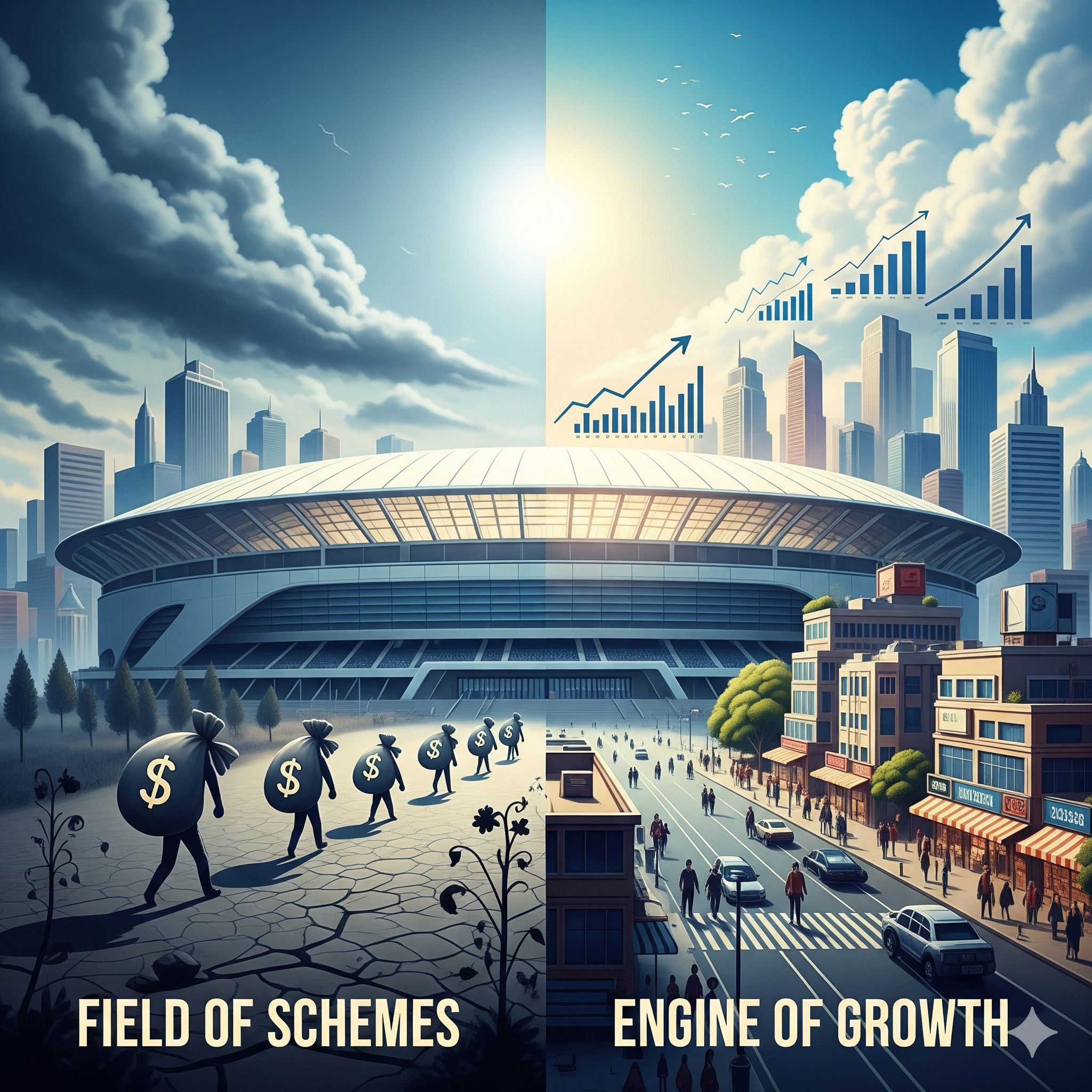
Field of Schemes or Engines of Growth? A Definitive Economic Analysis of Professional Sports Stadiums
The Billion-Dollar Question: Are Pro Sports Stadiums a Winning Play for Cities? The modern professional sports stadium is often presented as more than a venue for athletic competition; it is framed as a civic monument, a powerful economic catalyst, and a unifying source of community pride. Across North America, cities are engaged in a perpetual…
-
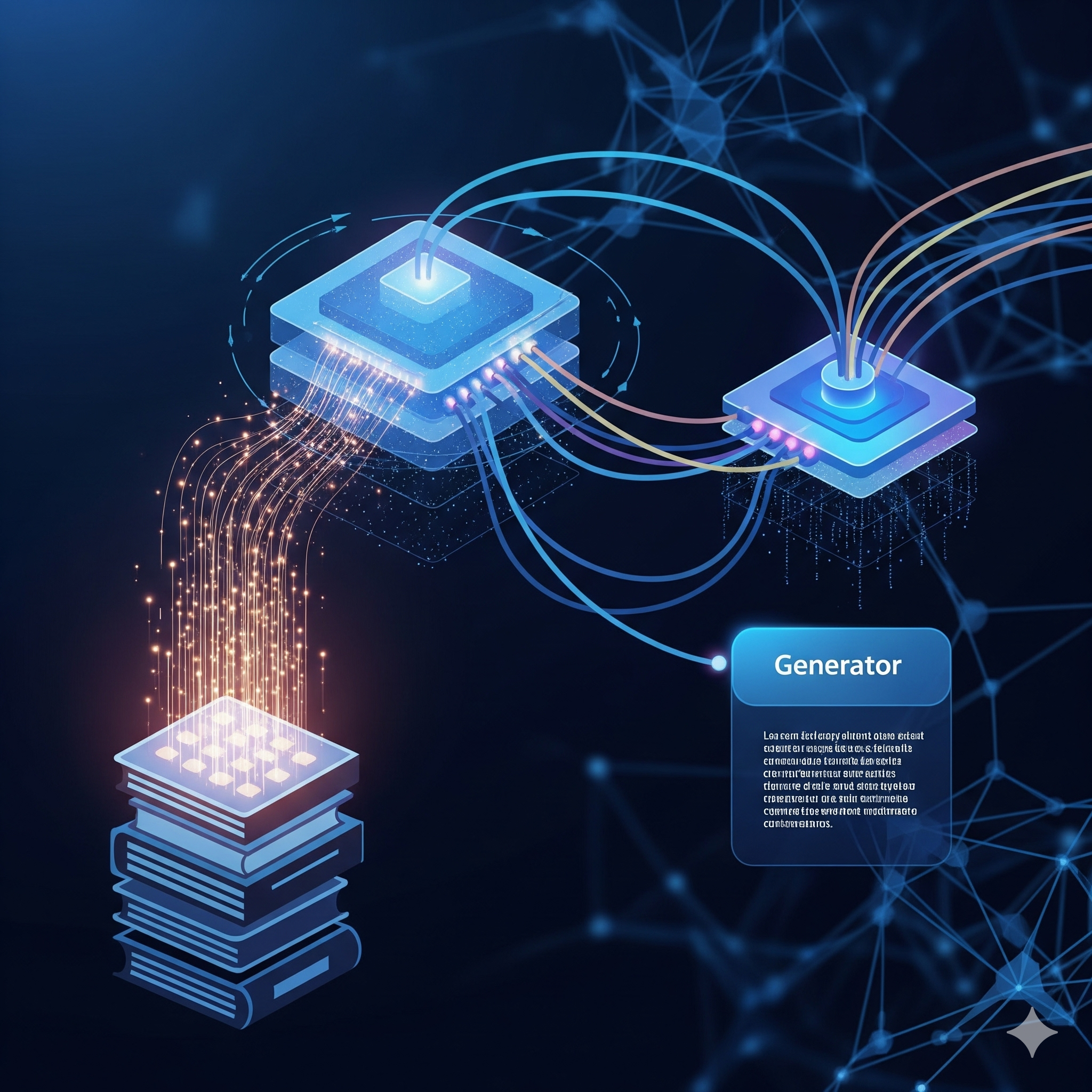
How to Build a Retrieval Augmented Generator (RAG) from Scratch
Retrieval Augmented Generation (RAG) is a powerful approach in AI that combines the strengths of large language models (LLMs) with external knowledge retrieval. By augmenting LLMs with external databases, documents, or APIs, RAG enables accurate and up-to-date information retrieval, dramatically improving the quality of generated responses. What is Retrieval Augmented Generation (RAG)? A RAG system…
-

AI vs. Software Engineers: A Nuanced Look at the Future of Work
Recently, at the Pennsylvania Energy and Innovation Summit, Mike Rowe of “Dirty Jobs” fame says “We’ve been telling kids for 15 years to learn to code. Well, AI is coming for the coders. It’s not coming for the welders, the plumbers, the steamfitters, the pipefitters, the HVAC, or the electricians.” While this statement is true…
-
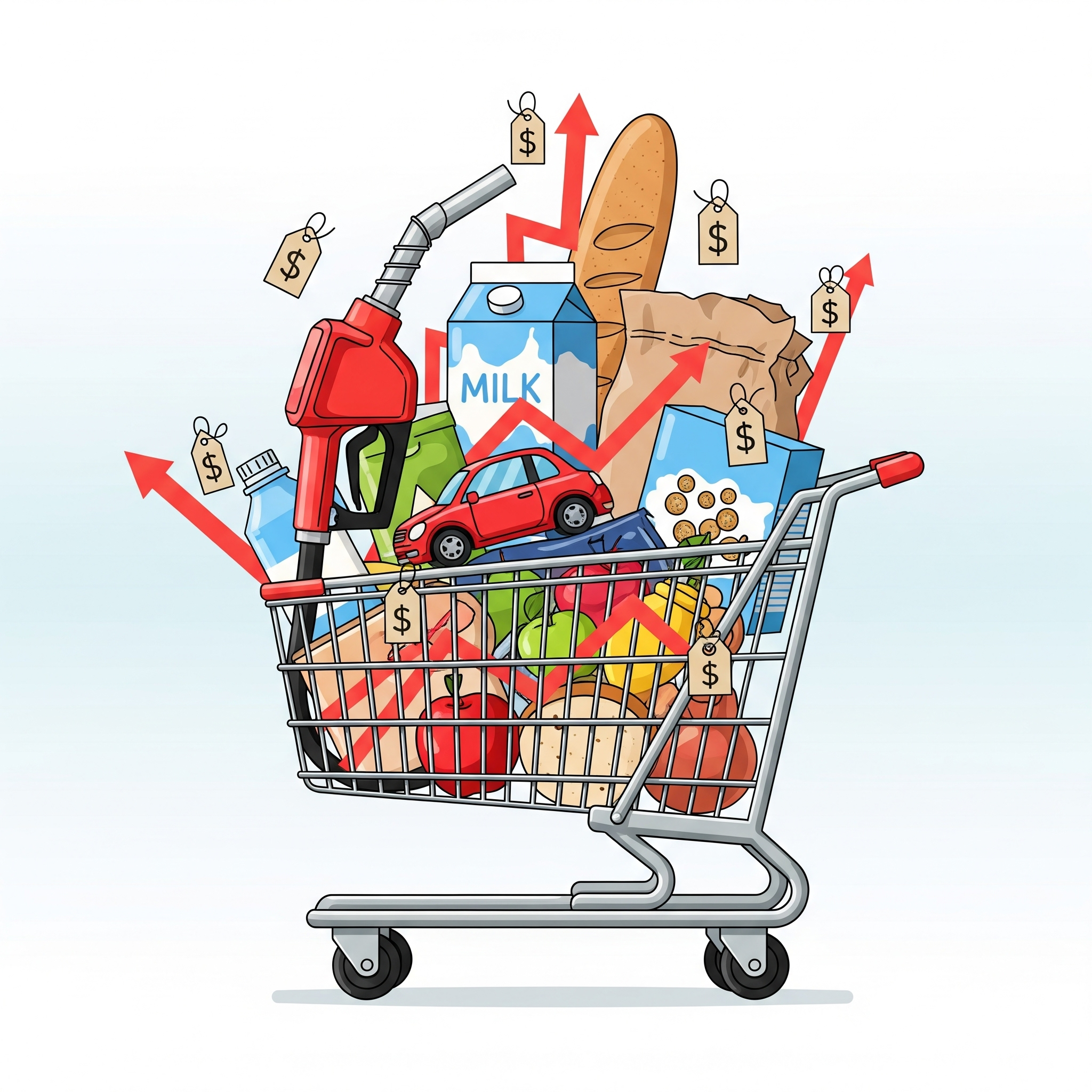
Understanding Inflation: How Different Products Affect Our Perception of Price Increases
Understanding Inflation: How Different Products Affect Perception of Price Increases Inflation is the general increase in prices across an economy, resulting in decreased purchasing power of money. Purchasing power refers to the amount of goods or services that one unit of currency can buy. Let’s explore how inflation impacts consumer perceptions differently depending on the…
-

How to Build a Simple LLM-Powered App from Scratch
In recent years, Large Language Models (LLMs) like OpenAI’s GPT have transformed how developers create powerful, intelligent applications. If you’ve been wondering how you can build your own app powered by these cutting-edge technologies, this guide will walk you through the essentials, step by step. Step 1: Define Your App Idea Every great app starts…
-

Comparative Advantage, Specialization, and Trade: The Foundations of Global Economics
When we discuss global trade and economic growth, concepts such as comparative advantage, specialization, and trade frequently emerge as central themes. Understanding these concepts is essential to appreciating how nations and individuals benefit from engaging with each other economically. What is Comparative Advantage? Comparative advantage is an economic theory first introduced by economist David Ricardo…
-

The Great Shift: Where Did All the Jobs Go? A 20-Year Look at Industry Disruption
Remember the concept of a “job for life”? For our parents’ and grandparents’ generations, it was a tangible reality. You started at a company, learned the trade, and retired 40 years later with a pension and a gold watch. Today, that idea feels like a relic from a black-and-white movie. Over the last 20 years,…
-
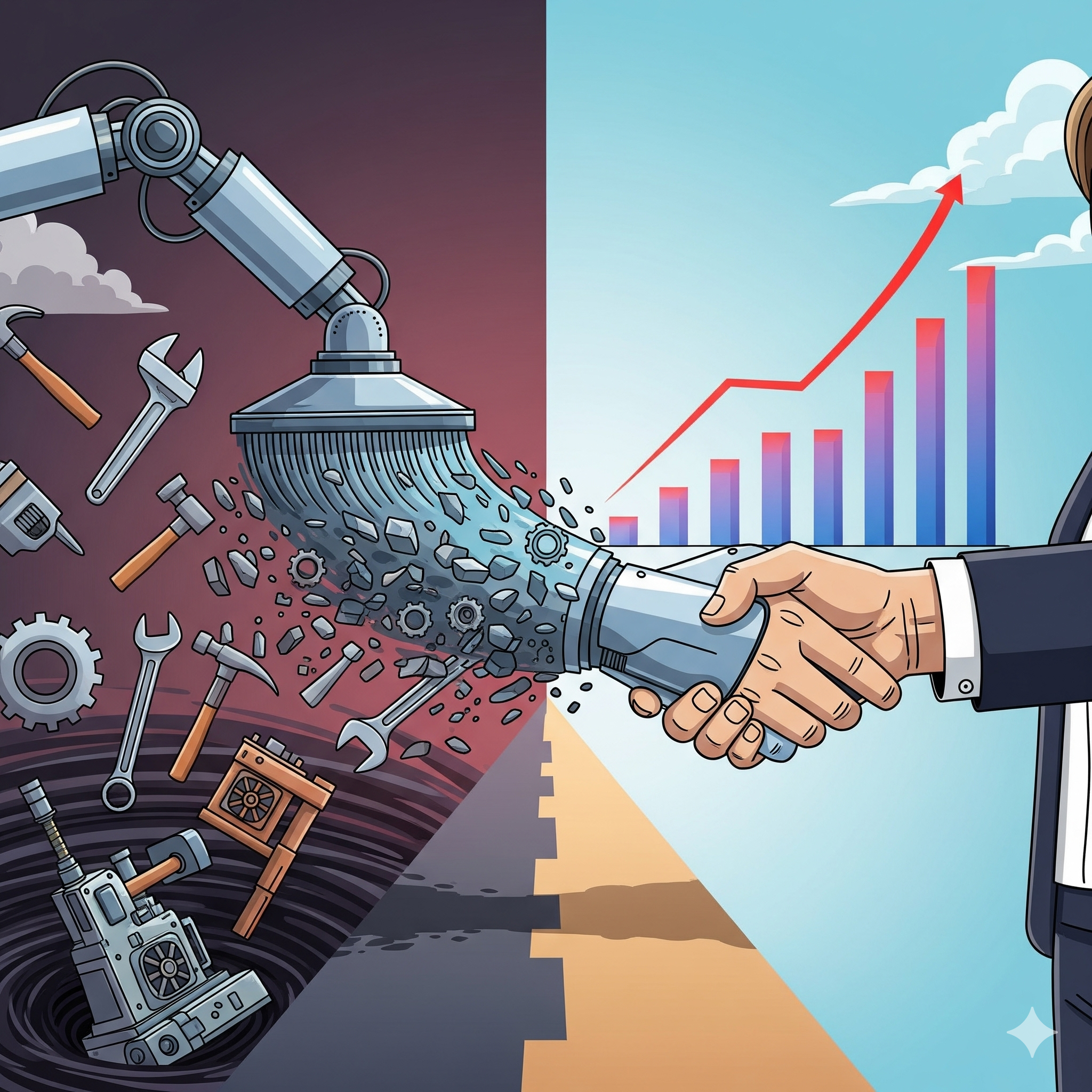
Will AI Destroy Jobs or Redefine Them? An Economic Perspective
As artificial intelligence (AI) increasingly integrates into every aspect of modern life, one pressing question emerges: Will AI eliminate jobs or simply redefine them? From an economic viewpoint, the answer may be more nuanced than it initially appears. Understanding the Historical Context Throughout history, new technologies have often sparked fears of widespread unemployment. From the…
-

Unlocking the Hidden Value: Understanding Producer and Consumer Surplus
Ever wondered what makes a great deal feel so good? Or how businesses profit while still delivering value to their customers? The answers lie in two fundamental economic concepts: consumer surplus and producer surplus. These ideas help us understand the benefits that both buyers and sellers gain from market transactions, illustrating the efficiency and welfare…
-
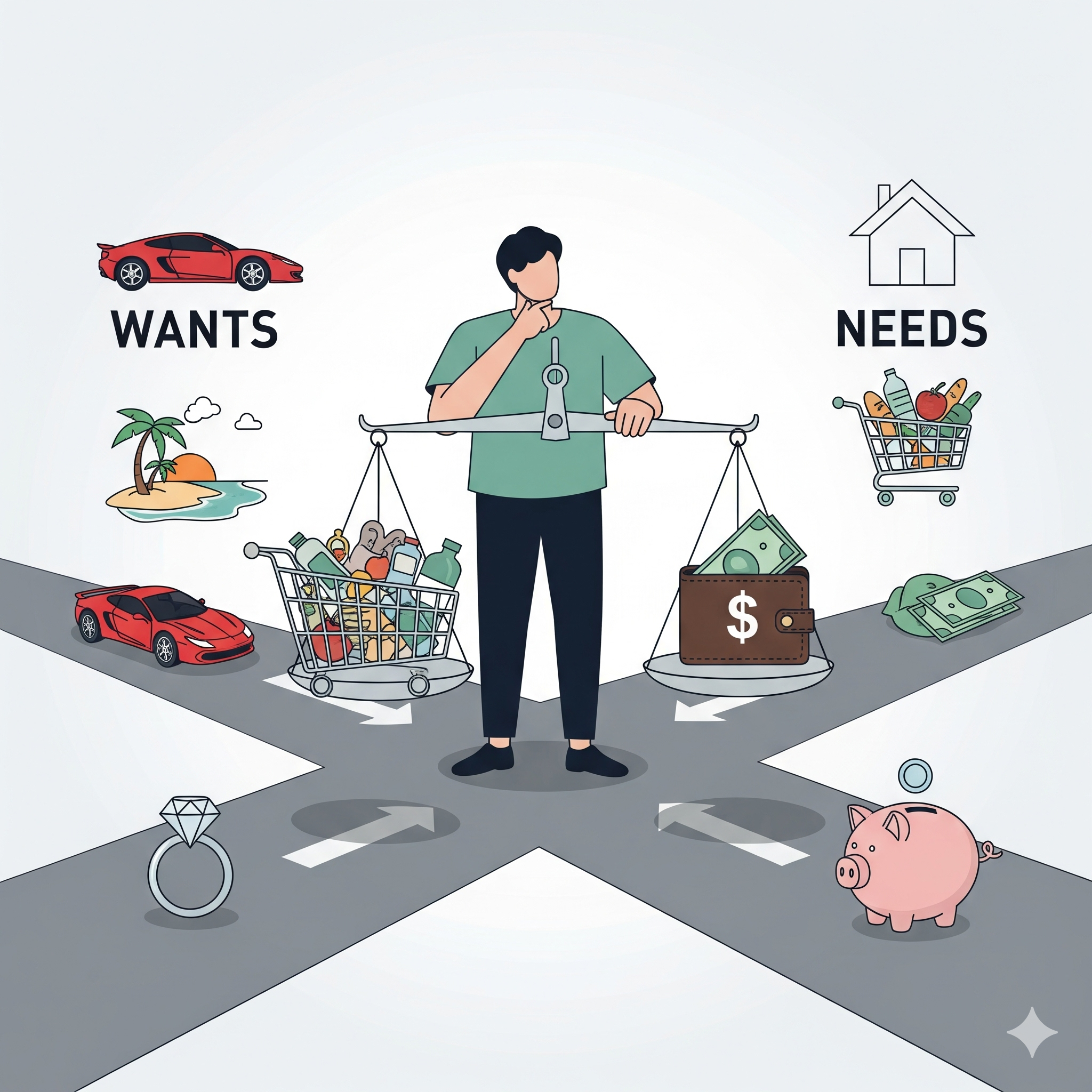
Navigating Your Wants and Needs: Understanding Utility Maximization and How Prices & Income Shape Your Choices
Ever wonder why you buy what you buy? Or how a sale on your favorite item, or a sudden raise at work, changes your shopping habits? It all boils down to fundamental economic principles: utility maximization and the interplay of income and substitution effects. As consumers, we’re all trying to get the most “bang for…
-
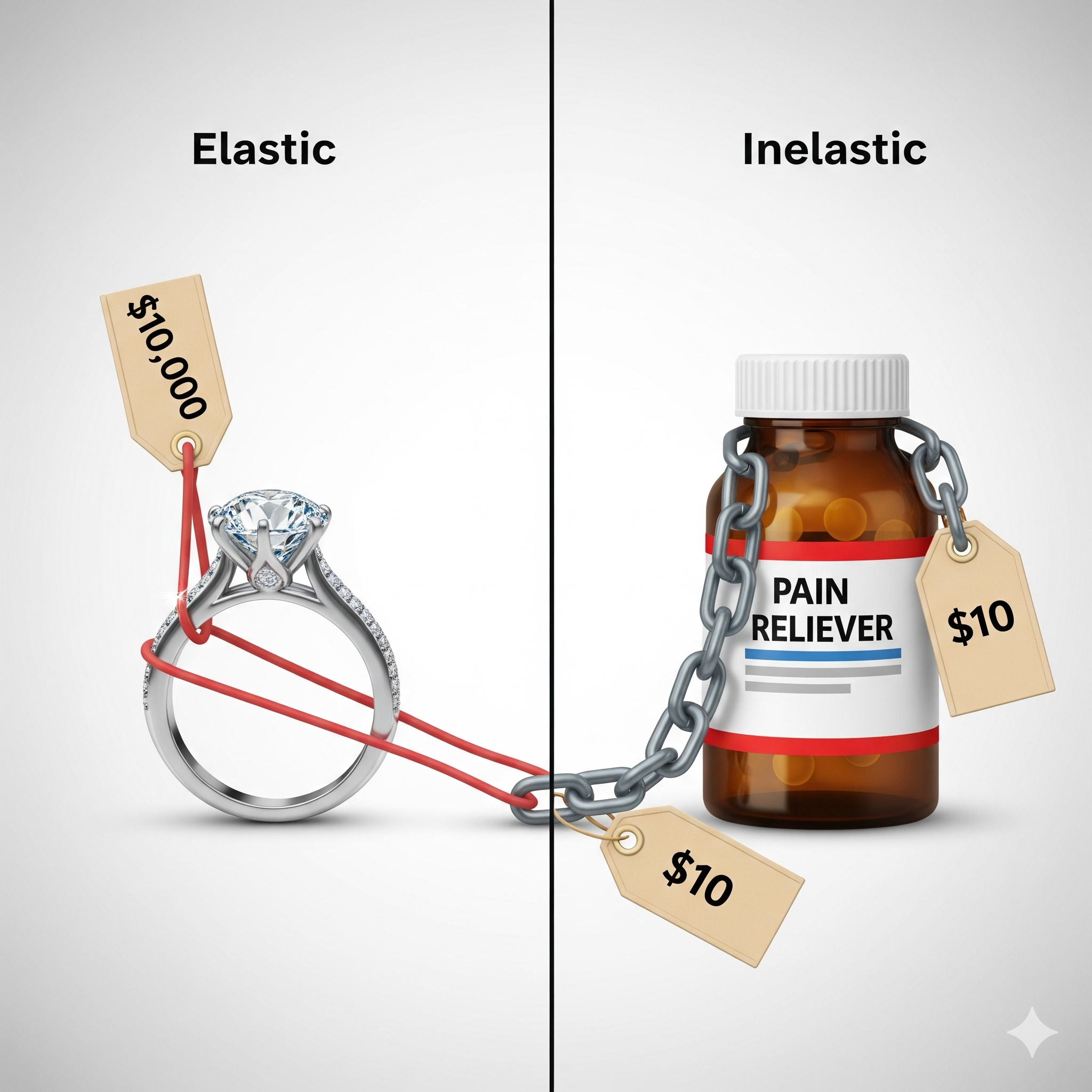
Price Elasticity
Price elasticity refers to the measure of how much the quantity demanded or supplied of a good changes in response to a change in its price. The formula for the price elasticity of demand is below. price elasticity quantity of the demanded good price of the demanded good If the quantity demanded changes considerably due to…
